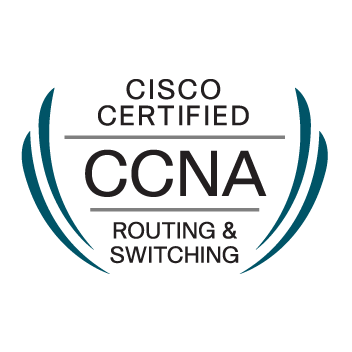Checking of Parameters
- Mark as New
- Bookmark
- Subscribe
- Mute
- Subscribe to RSS Feed
- Permalink
- Report Inappropriate Content
01-17-2019 08:20 PM - edited 03-08-2019 05:04 PM
if 20 access switches are connected to one core switch (2 tier design) then I want to check whether this core switch can handle 20 access switch traffic or not then what parameter should I check from core switch data sheet so that I can propose correct model for Core
please explain.
- Labels:
-
LAN Switching
- Mark as New
- Bookmark
- Subscribe
- Mute
- Subscribe to RSS Feed
- Permalink
- Report Inappropriate Content
01-17-2019 09:56 PM
here is the understand collapsed core cisco design CVD.
Old One
------
New one
--------
Again choosing Collapsed Core, depends on features and where you deploying this ( i mean business area, like finance, health care, education).
if you have business budget, CVD have models and sample config to deploy.
- Mark as New
- Bookmark
- Subscribe
- Mute
- Subscribe to RSS Feed
- Permalink
- Report Inappropriate Content
01-17-2019 11:24 PM
and 20 access switches are of WS-C2960+24PC-L
so Please let me know whether WS-C3850-48P-S can handle traffic of 20 X WS-C2960+24PC-L Switches.
and Customer is not going to change devices except core but he should require strong reason so what parameter should I check of WS-C3850-48P-S (Datasheet) i.e. Bandwidth,throghput
- Mark as New
- Bookmark
- Subscribe
- Mute
- Subscribe to RSS Feed
- Permalink
- Report Inappropriate Content
01-18-2019 12:46 AM
in basic level yes, you can have 2 x 3850 as core and connect all access switches with dual link for resilence.
But again you need to define what is the mean of Traffic ? ( this is only can defined based on the feature and past traffic pattern).
If it is normal Data and voice, this is ok for small medium network.
- Mark as New
- Bookmark
- Subscribe
- Mute
- Subscribe to RSS Feed
- Permalink
- Report Inappropriate Content
01-18-2019 07:32 AM
Many of Cisco's modern Enterprise switches are "wire speed" capable for all their ports, meaning if all ports are at 100% capacity, the switch has an internal switch fabric bandwidth to handle the full aggregate of all the ports and the switch also has the PPS capacity to forward all those port's bandwidth even if all the packets are minimum sized.
Where modern Enterprise switches show their differences tend to be what happens when multiple ingress ports send to fewer egress ports. I.e. what happens when there's egress port congestion?
The lower end switches often have less interface buffer RAM, meaning that if egress ports congest, they are more likely to drop traffic. Also, lower end switches may have less QoS feature to "manage" what should happen when an egress port congests.
The foregoing is just a long way of saying again, without knowing much more about your expected traffic, and how it will flow, one cannot predict how suitable any particular switch might be. Your later post asks about a 3850 and 2960 combination. That might be perfect, or it might be horrible. (Oh, with either, if you stack them, how the stacks behave, relative to your traffic, has its own set of considerations.)

